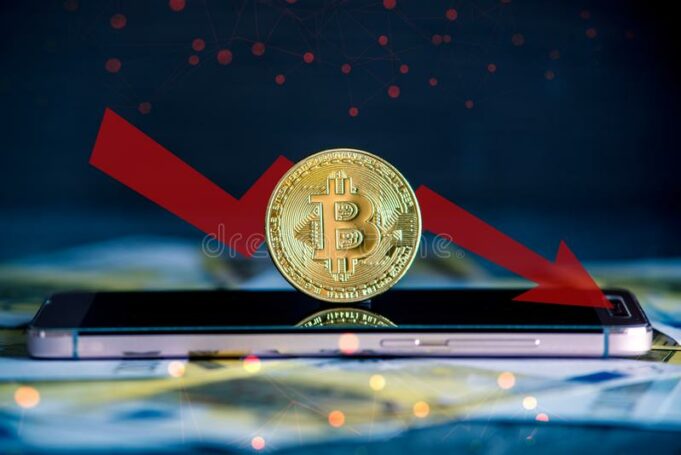Bitcoin is a digital currency that is decentralized, meaning it is not controlled by any government or financial institution. Instead, it is operated by a network of computers that use complex mathematical algorithms to verify transactions and maintain the integrity of the currency. Bitcoin mining is the process by which these algorithms are solved and new bitcoins are created.
To understand bitcoin mining, it is important to first understand how the Bitcoin network operates. When a person sends bitcoins to another person, the transaction is broadcast to the entire network. The network then verifies the transaction using a process called “proof of work.” This involves solving a complex mathematical problem that requires a significant amount of computational power.
The first computer to solve the problem is rewarded with a certain number of bitcoins. This is the process of bitcoin mining. Miners use powerful computers to compete for the chance to solve the problem and earn the reward.
The difficulty of the mathematical problem is adjusted regularly to ensure that new bitcoins are created at a predictable rate. This is done to prevent inflation and maintain the value of the currency. As more miners join the network, the difficulty of the problem increases, requiring even more computational power to solve.
Bitcoin mining is an important part of the Bitcoin network because it ensures the integrity of the currency. Without miners, there would be no way to verify transactions and prevent fraudulent activity. However, the process of mining can be expensive and time-consuming, making it difficult for individual miners to compete with large mining operations.
One of the biggest challenges facing bitcoin miners is the cost of electricity. The computational power required to solve the mathematical problem consumes a significant amount of energy, which can be expensive. Some miners have turned to renewable energy sources to reduce costs, while others have relocated to countries with lower electricity prices.
Another challenge for bitcoin miners is the increasing competition. As more miners join the network, the difficulty of the mathematical problem increases, making it more difficult to earn rewards. Some miners have turned to alternative cryptocurrencies that are easier to mine, while others have joined mining pools to increase their chances of earning rewards.
Despite the challenges, bitcoin mining remains a lucrative industry. The current reward for solving the mathematical problem is 6.25 bitcoins, which is worth approximately $240,000 at the time of writing. In addition, miners earn transaction fees for verifying transactions on the network.
In recent years, there has been growing concern about the environmental impact of bitcoin mining. The energy consumption required to mine bitcoins has been compared to that of a small country, leading some to criticize the industry for its carbon footprint. However, some argue that the use of renewable energy sources and the development of more efficient mining hardware could mitigate these concerns.
In conclusion, bitcoin mining is the process by which new bitcoins are created and the integrity of the currency is maintained. It involves solving complex mathematical problems using powerful computers, which can be expensive and time-consuming. Despite the challenges, bitcoin mining remains a lucrative industry, with the current reward for solving the problem worth approximately $240,000. As the Bitcoin network continues to grow, it is likely that the process of mining will continue to evolve, with new technologies and energy sources being developed to improve efficiency and reduce costs.

























